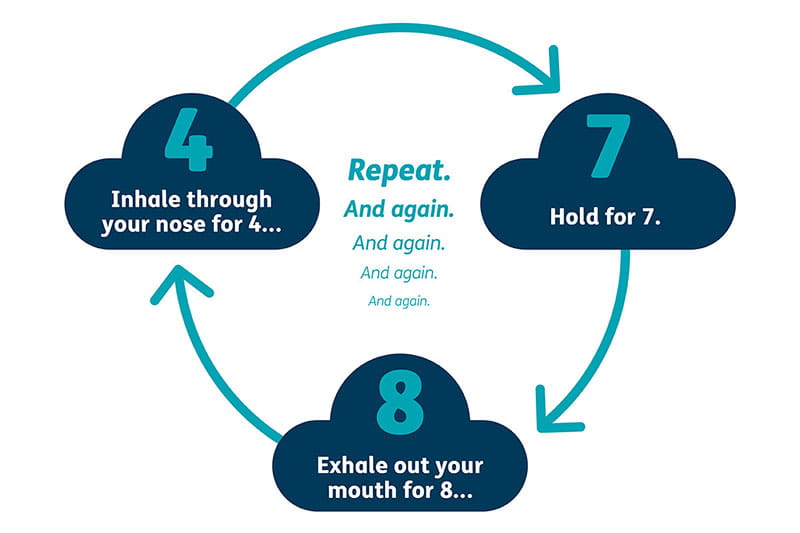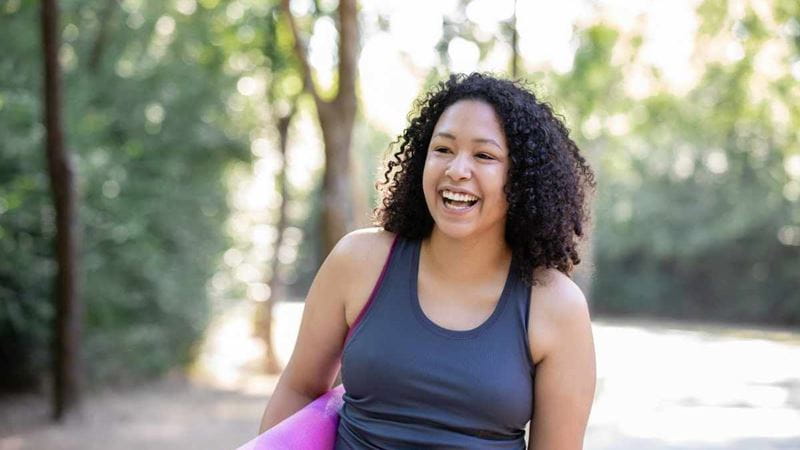Blog article
A deep breathing exercise you can do with your kids

It’s 3 am and you’re suddenly wide awake, again. Instead of allowing your thoughts to tilt towards frustration – try a few rounds of deep breathing.
What is 4-7-8 breathing?
4-7-8 breathing involves breathing in for 4 seconds, holding for 7 seconds, and exhaling for 8 seconds. It is based on an ancient yogic technique called pranayama.1
While the 4-7-8 breathing method has limited scientific research behind it, there is still evidence supporting rhythmic breathing as a relaxing exercise that can ease people into sleep2, or at least reduce feelings of anxiety.3
How to do it
- Empty the lungs of air, you can even make a whoosh sound as you exhale.
- Close the lips, inhaling silently through the nose, count up to four, and then hold your breath for 7 seconds.
- Make another whooshing, exhaling from the mouth, and count up to eight.
- Repeat for four cycles of breath.

The benefits of deep breathing
According to the National Library of Medicine, long‐term slow breathing reduces the risk of developing cardiovascular disease, type 2 diabetes mellitus and improves pulmonary function.
One way to help break the vicious cycle of unhealthy stress and change your brain chemistry instead is to practice deep breathing.
Its possible benefits include:1
- Falling asleep faster
- Lower blood pressure
- Anxiety-reduction
- A deeply calming reaction
Teaching kids? Try 4-2-4 breathing first.
There are some helpful videos available on YouTube for teaching kids about deep breathing with numbers. If 4-7-8 breathing proves too challenging, the popular relative 4-2-4 could be a baby step in belly breathing, perfect before bed.
Helping young people to master their breath could lead to faster and longer sleeping patterns. Plus, the art of breathing is a lifelong tool that can help in multiple situations involving stress as they age.



